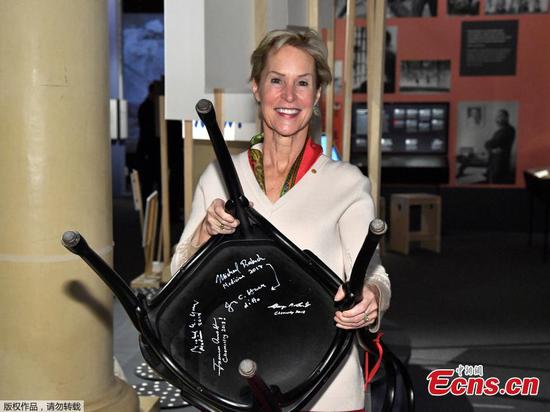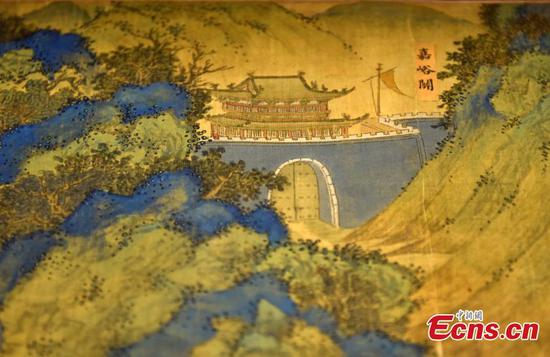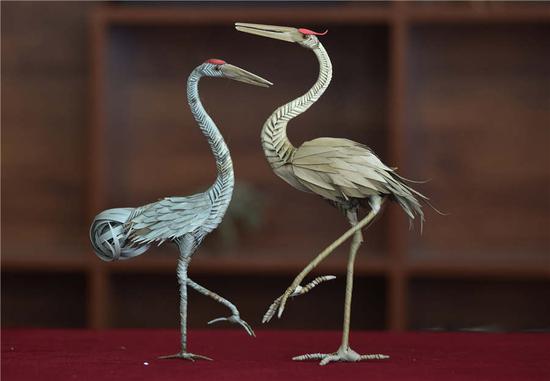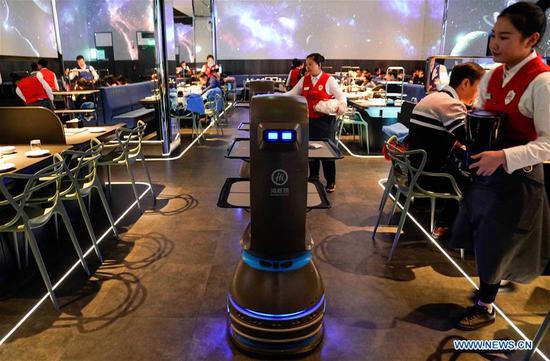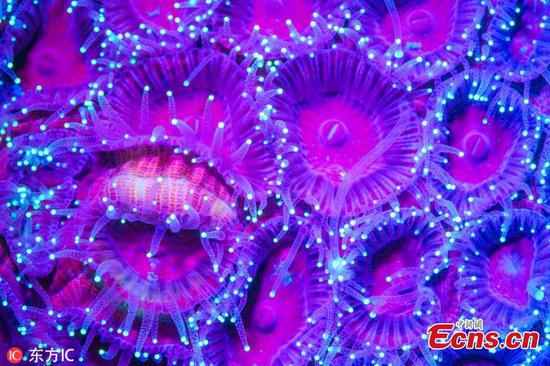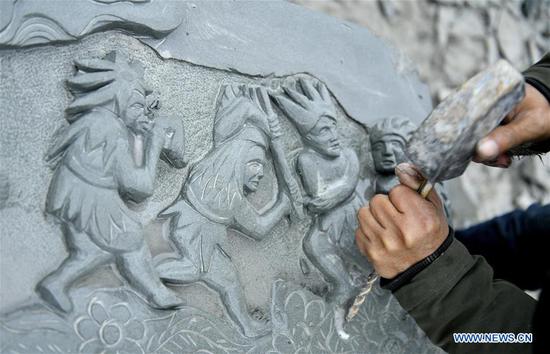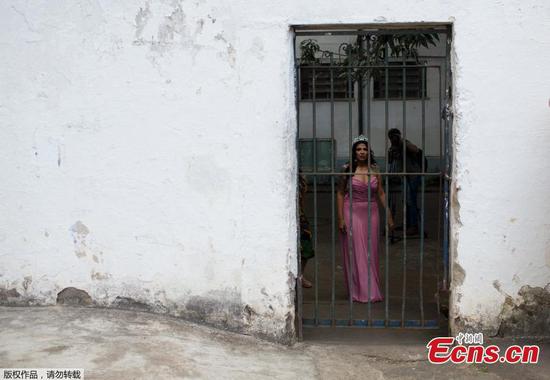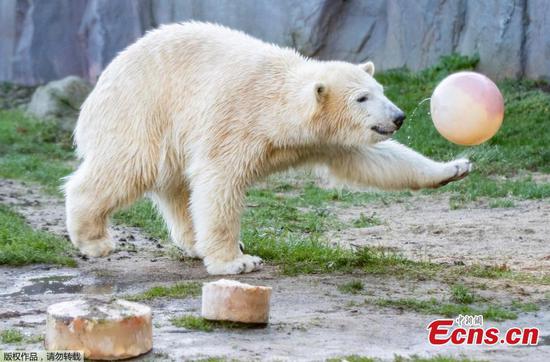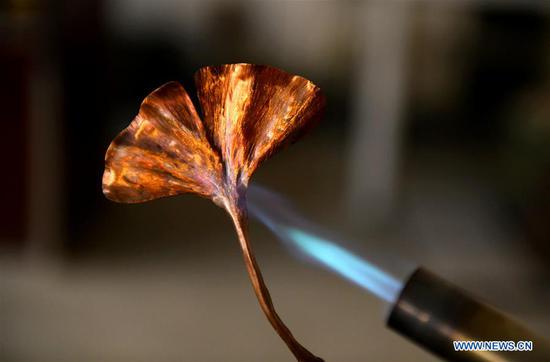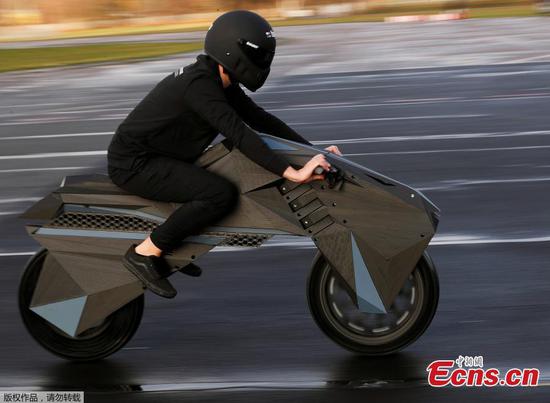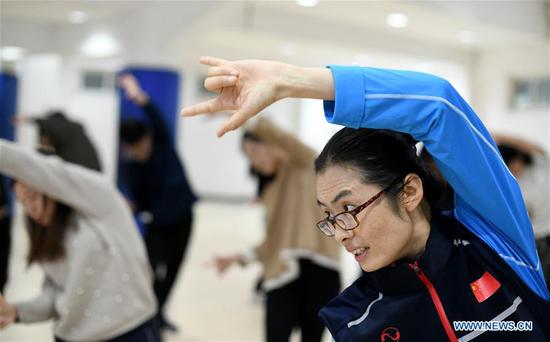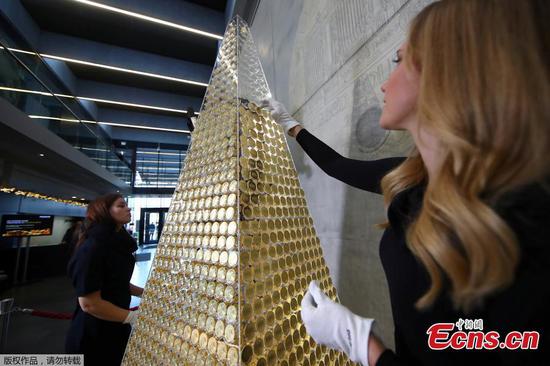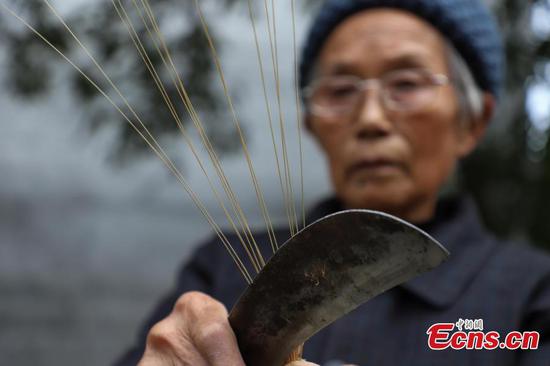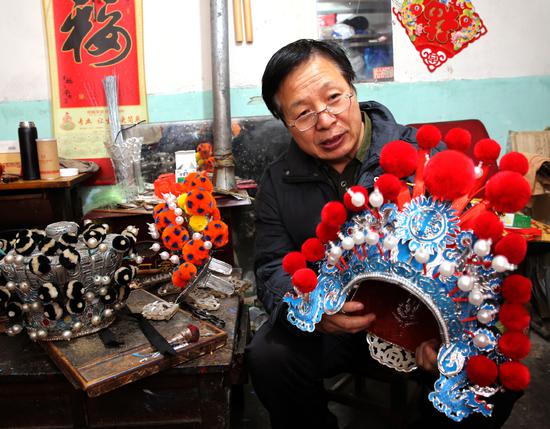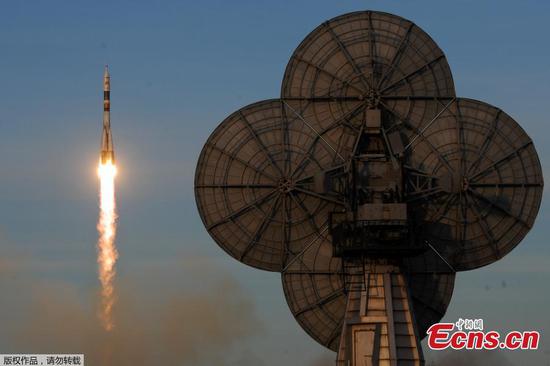
Chang Jin, chief scientist for the Dark Matter Particle Explorer, discusses the satellite at the Purple Mountain Observatory in Nanjing, Jiangsu Province. (JI CHUNPENG/XINHUA)
Breaking monopolies
Suzhou Nanomicro Technology, a private nanotechnology company, has developed a nanomaterial that looks like white powder, but is actually tiny spheres thinner than a human hair with strong absorbability that can be used in pharmaceuticals and liquid crystal displays.
"We have broken the technical monopoly of the United States and Japan, and saved hundreds of millions of dollars in import costs for China," Jiang Biwang, chairman of Nanomicro, said.
Many young Chinese are now involved in innovation. Suzhou Novosense Microelectronics Co was established five years ago to develop core semiconductors for sensors and isolators. All the founders of the company were born after 1980.
Wang Shengyang, the CEO, said research and development personnel account for more than half the employees.
Statistics show that Chinese investment in research and development in 2016 exceeded that of the entire European Union and was second only to the US, accounting for 21 percent of the global total.
Moreover, China has the world's largest number of R&D personnel, and ranks second in the world in the number of scientific papers published in international journals. Scientific and technological advances contribute 55.3 percent of China's economic growth.









